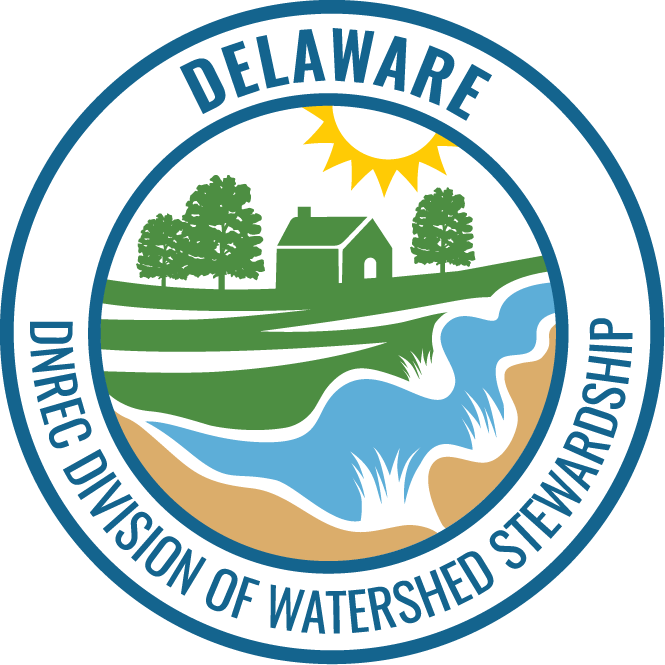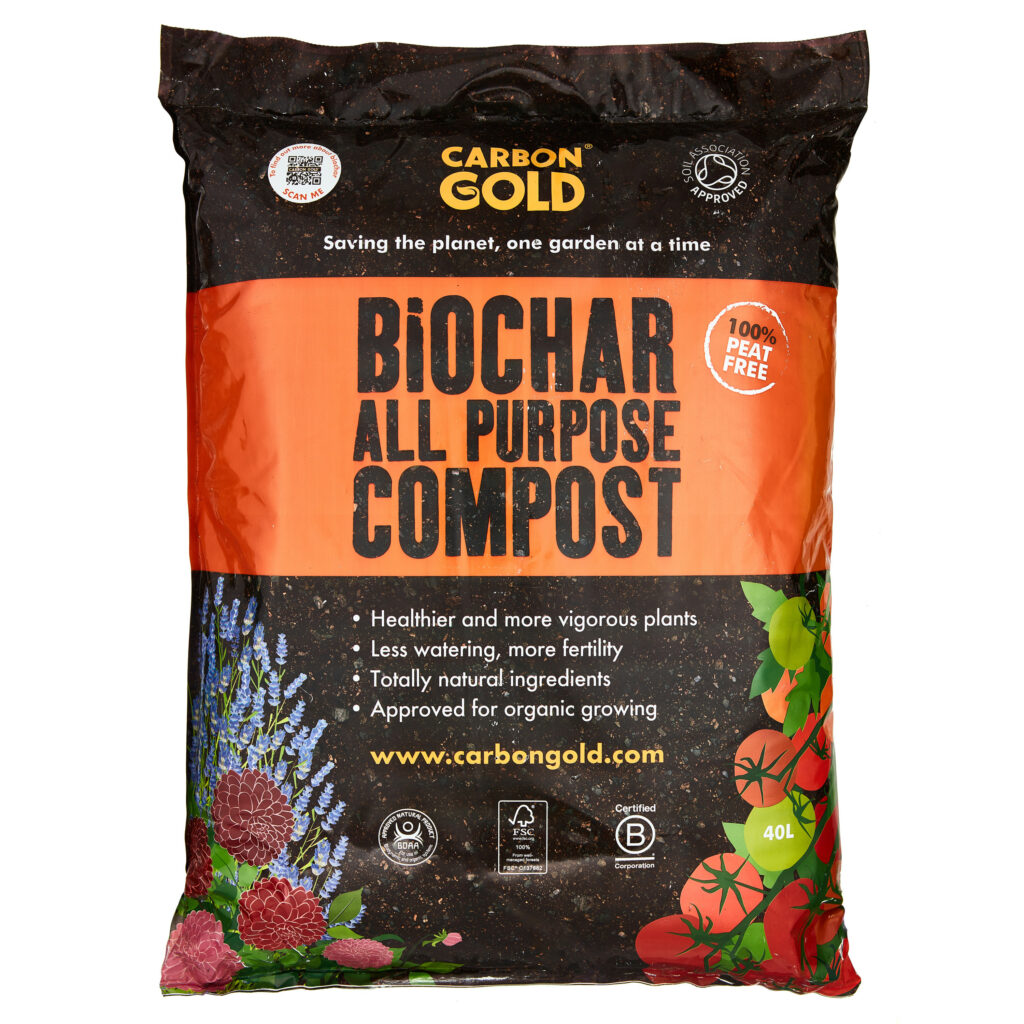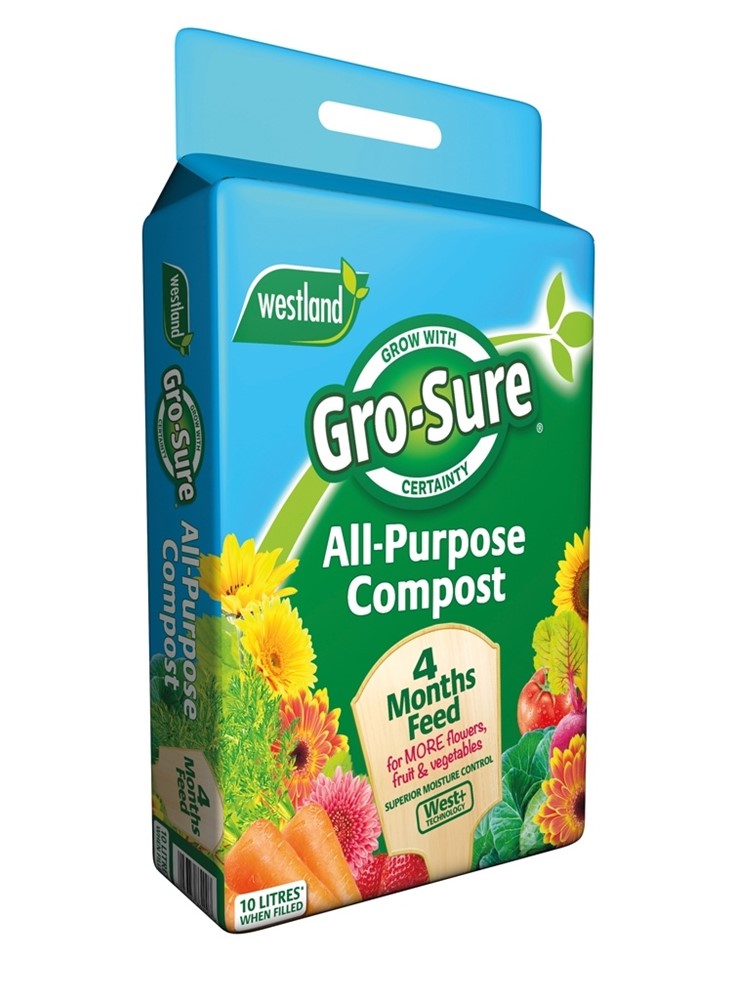
Facebook Twitter Instagram YouTube
Written on: July 22nd, 2024 in Education and Outreach, Natural Resources
By Olivia Allread, DNREC’s Wetland Monitoring and Assessment Program
Get your gloves out and your hoses turned on, we’re going to the garden to get to know wetlands in this blog installment. Now the hobby of gardening may seem like a daunting task, and taking care of plants may seem even more challenging to the novice. But you don’t need a huge yard or diggable ground to get into this type of landscaping – gardening with wetlands in mind. Ranging from peat-free soil to making a mini wetland at home, one small step can help us take a leap forward in how we view our mosaic landscape, all while representing wetland habitats.
While our backyards cannot fully recreate the expansiveness of a natural wetland, these micro-ecosystems represent, and even perform, some of the same functions as large wetlands do. Some of those similar functions are to restore and boost biodiversity, improve water quality by filtering out pollutants, and reduce or mitigate flooding and storm surge. These gardening practices also provide habitat for beneficial critters like pollinators or aquatic insects, and can be filled with native plant species – which require less water and pesticide use! Some of the more intrinsic enjoyments have to do with how we find happiness in nature; wetland gardens or landscapes with water features can be a calm space to rest our busy minds after a long day. Everything from boosted physical activity to decreased stress levels, its pretty well-know that being outside is a good thing.
Let’s dig into how to garden with wetlands in mind.
Mini Wetland Container Pond
Who doesn’t love a good repurposing project? This type of wetland garden is great if you have a balcony or patio, plus can repurpose something from your home like a wooden barrel or old sink; be sure the container is watertight. Start by finding a space that gets some sun but doesn’t have full sunlight all day long, then place whatever container you’re using in its spot before adding a layer of clean gravel or small stones at the bottom. Next, it’s best to create varying levels in the container using pieces of wood or rocks, making an easy in-and-out route for visiting critters and providing spots for plants to sit on if needed. Then, get planting. You only need a few aquatic plants to oxygenate the water and provide habitat. Also, picking plant species that like to be submerged or that can survive just on the surface is best – utilize your local garden center or pond supplier as a resource. Last, fill it with water. It’s ideal to use rainwater since it has fewer chemicals than tap, so feel free to collect some ahead of time. Nature will do its magic with little maintenance required, the plants should clear up any algae, and wildlife may come next.


Going Peat-free In Your Garden
If you’re trying to make environmental conscious choices at home, the supplies or materials you use in landscaping is a great place to start. We’ve talked before about the importance of peatlands and the use of peat on our blog, but long story short; peat takes a really long time to form, and when it’s removed from wetlands for gardening supplies it releases stored carbon dioxide back out into the atmosphere. Which isn’t good. So, the moral of the story is, use peat-free soil or compost. It allows you to play a role in the fight against climate change and protects the exploitation of crucial wetland habitats. Just remember that soil and compost are two different things and be sure to read the label closely on both. Labels such as “peat-reduced”, “natural”, or “environmentally friendly” say nothing about the peat content in the product. On the bright side, some suppliers are promoting peat-free alternatives such as wood fiber and coconut coir. There are even recipes out there to make your own peat-free potting soil!


Rain Gardens
As a tried-and-true eco-friendly landscaping method, rain gardens have been around since the 1990’s thanks to our neighboring state of Maryland. Also called bio-retention ponds, rain gardens are shallow hollows or depressions that collect rainwater and allow it to gradually drain into the soil. These areas are designed to cope with conditions from droughts to floods and are planted with water-loving species that provide benefits to humans and nature alike. Below are some of the characteristics and benefits of a good rain garden.
Rain gardens provide some similar value and functions as natural wetlands and are a simple way to protect your watershed. Other factors that come into play when trying out this method are size, location, soil type, plant species, and maintenance. If you’re looking to install a rain garden in Delaware, or just want more information, visit these three rain garden resources: University of Delaware Cooperative Extension, DNREC Yard Adaptation, and Delaware Nature Society.
Mini Drainpipe Wetland
Now this technique is a must-try at home, you’re going to turn your drainpipe into a wetland. This wetland has three parts: a gravel filter pot that keeps your water free from debris, a drainage area that is rainwater-fed with aquatic and wetland plants, and another drainage area that is a mini floodplain to release water slowly. The materials needed for this are not a heavy lift, but it may take a few hours to create the entire wetland system. You will need: two big containers or tubs, sand or clay soil, aquatic and water-loving plants, peat-free aquatic soil, stone/wood/brick/mud for bonding material, a small sheet of membrane for water to pass through, horticultural grit, and gravel. It may seem like a lot, but the result is something quite amazing that filters runoff while being an attractive feature that also provides a source of water and habitat for small wildlife. You can create this habitat in the tiniest, most urban of settings and boom – you’ve turned your boring downspout into your very own wetland preserve. A more detailed step-by-step process is available here.
One of the biggest landscaping challenges is changing your perspective on what is beautiful or useful in your yard. It’s time to get rid of that green, manicured lawn and rip out those Bradford pears. Turn off your irrigation and hit up your local native plant nursey while you’re at it. As this shift in the paradigm grows, there is more room for wild and wonderful yard practices like gardening with wetlands. Whether you have an acre, a side garden, or a rooftop terrace, it’s easy to take steps in creating a mini wetland of your own that provides the value you want. The landscape practices we covered not only enrich our current gardens or outdoor spaces but provide an ecosystem we can continue to learn from. Using a “green thumb” is easier than you think – help us build awareness of the value of wetlands in your own backyard.